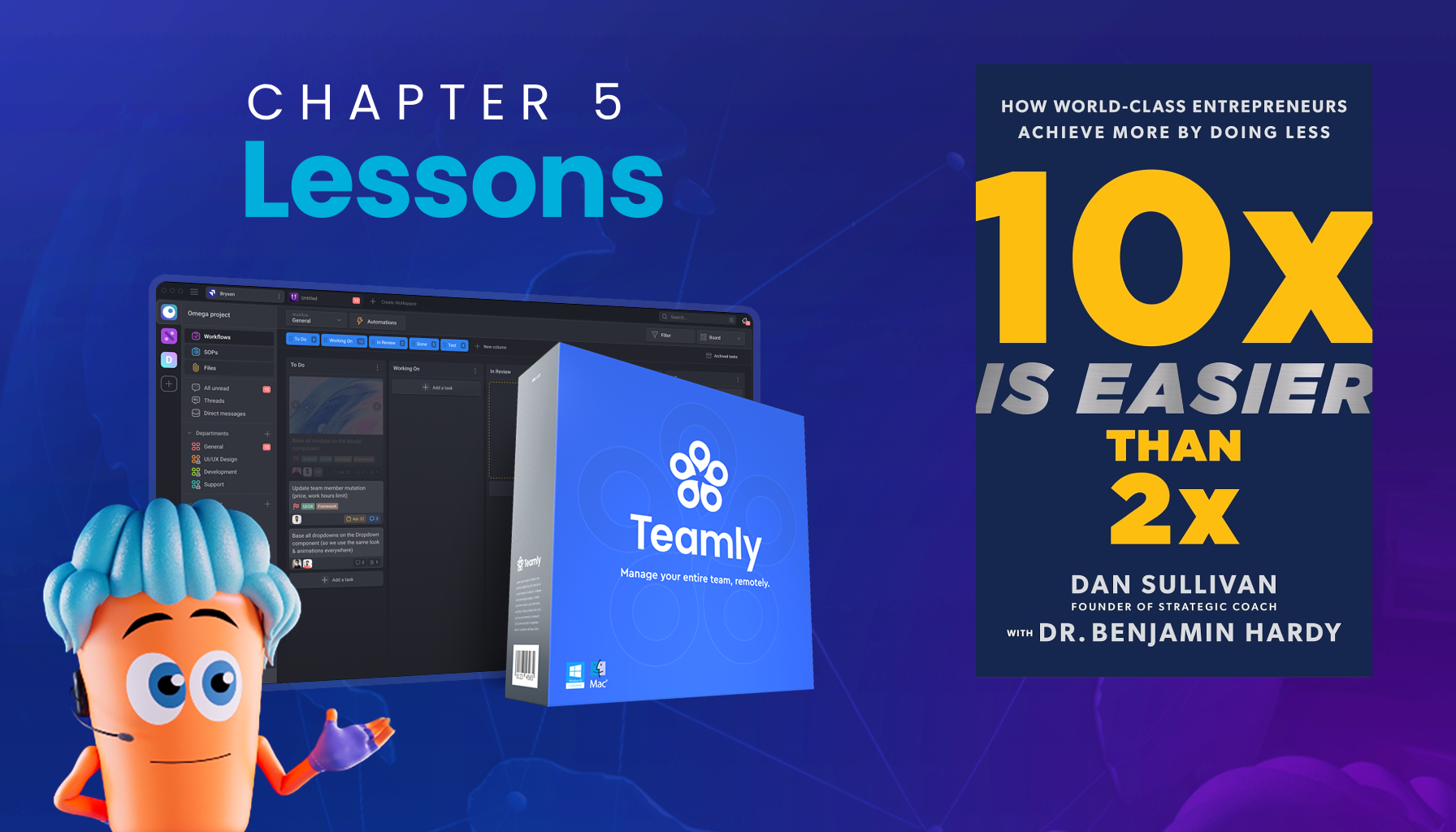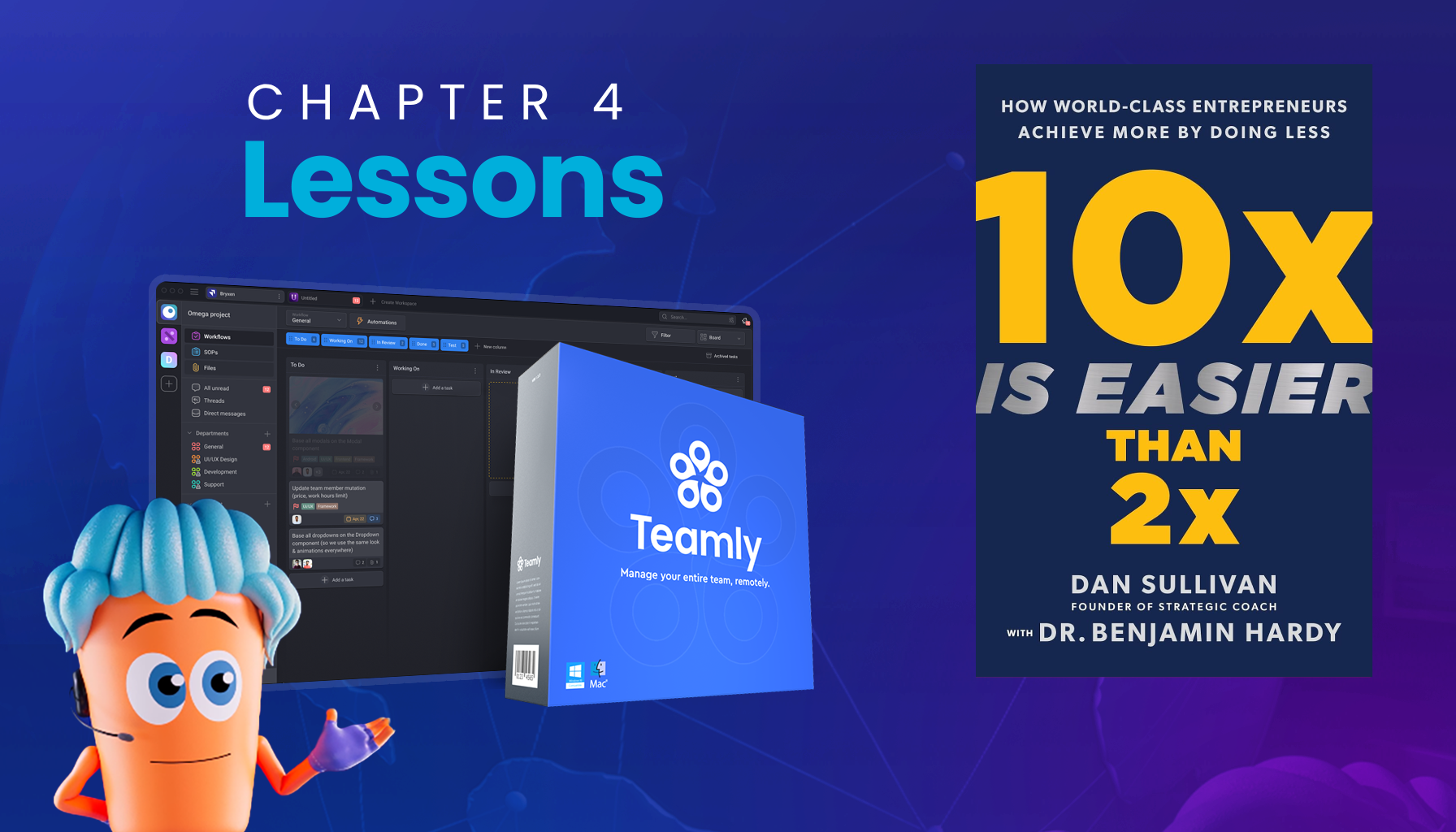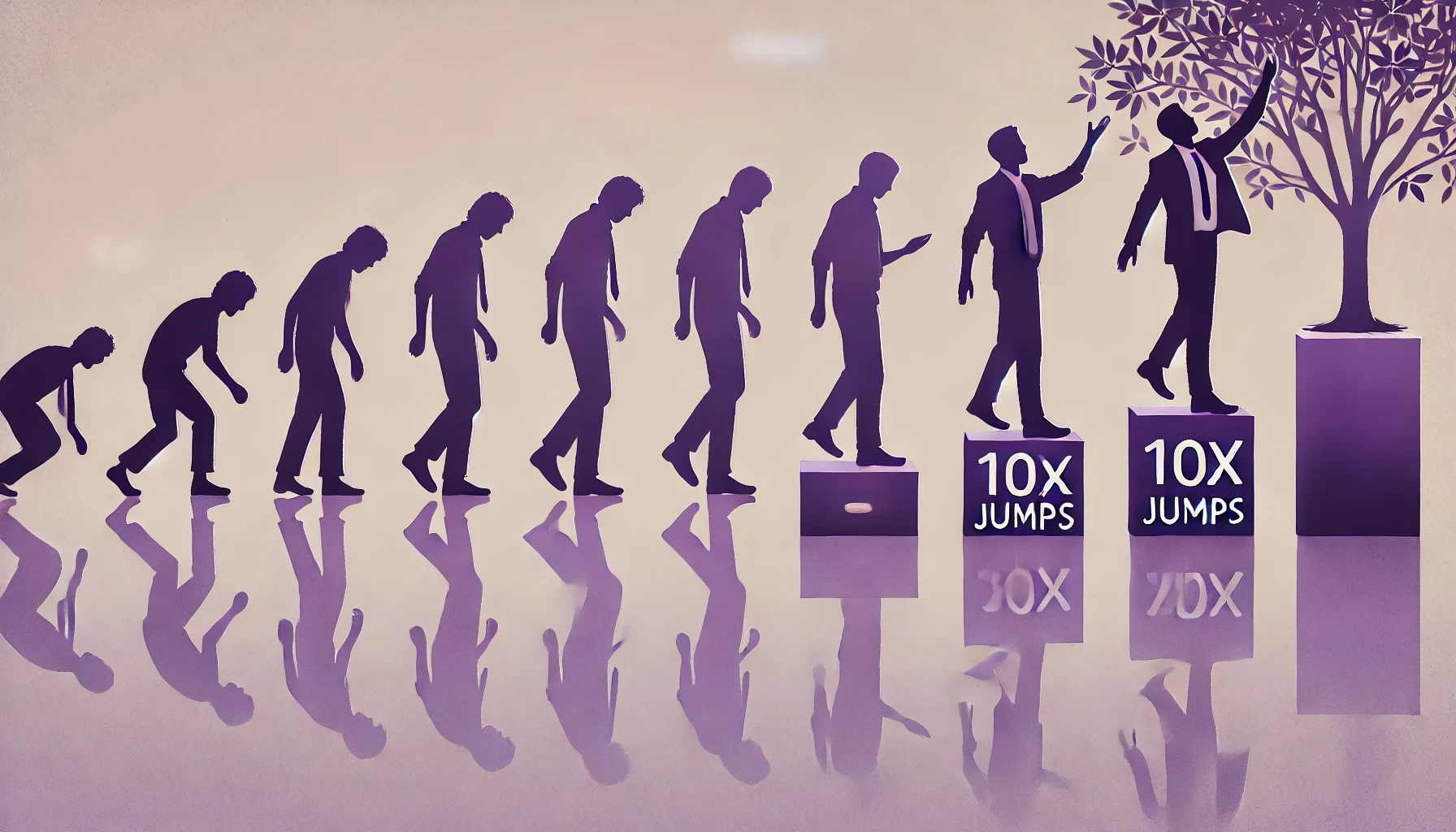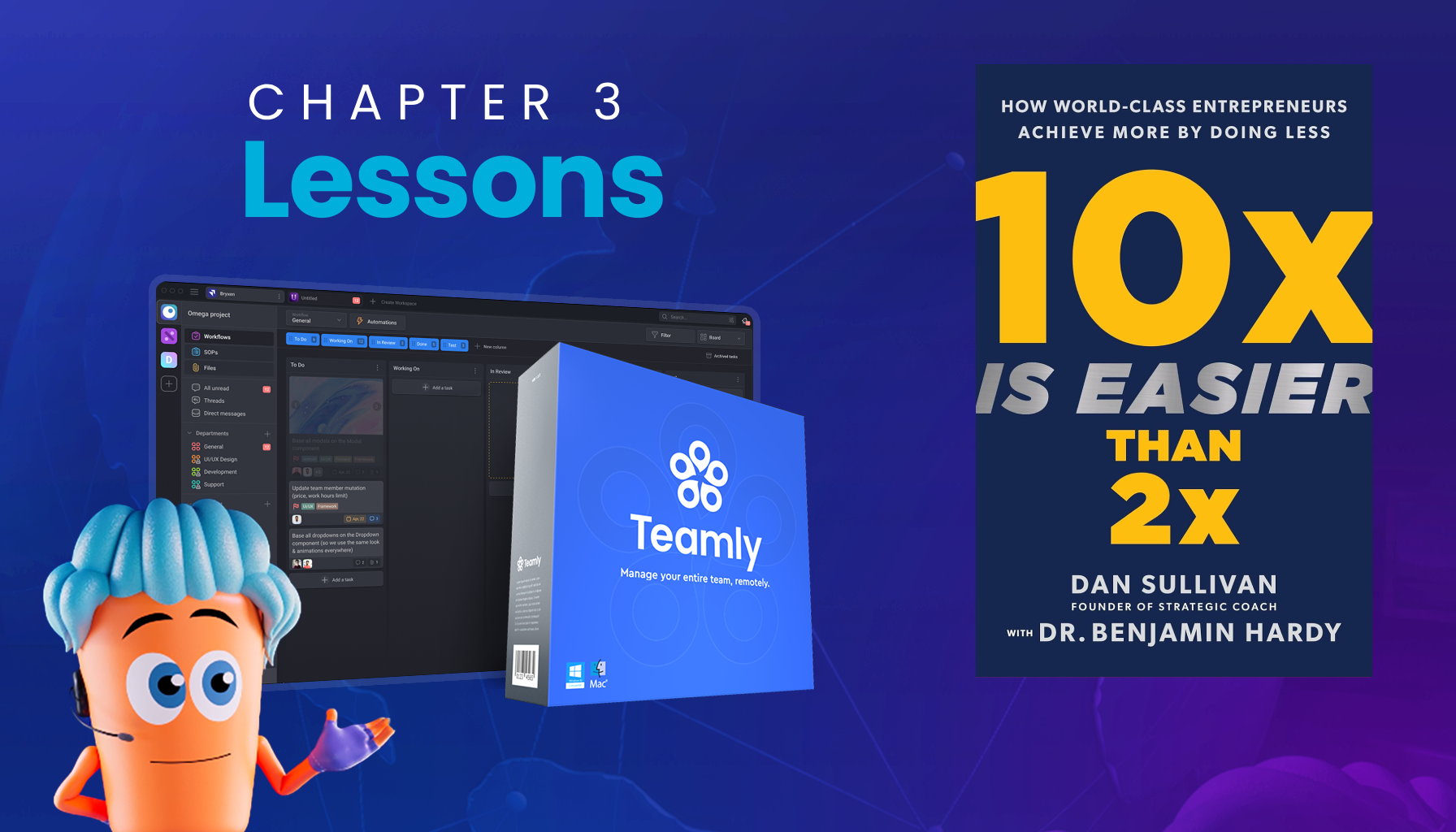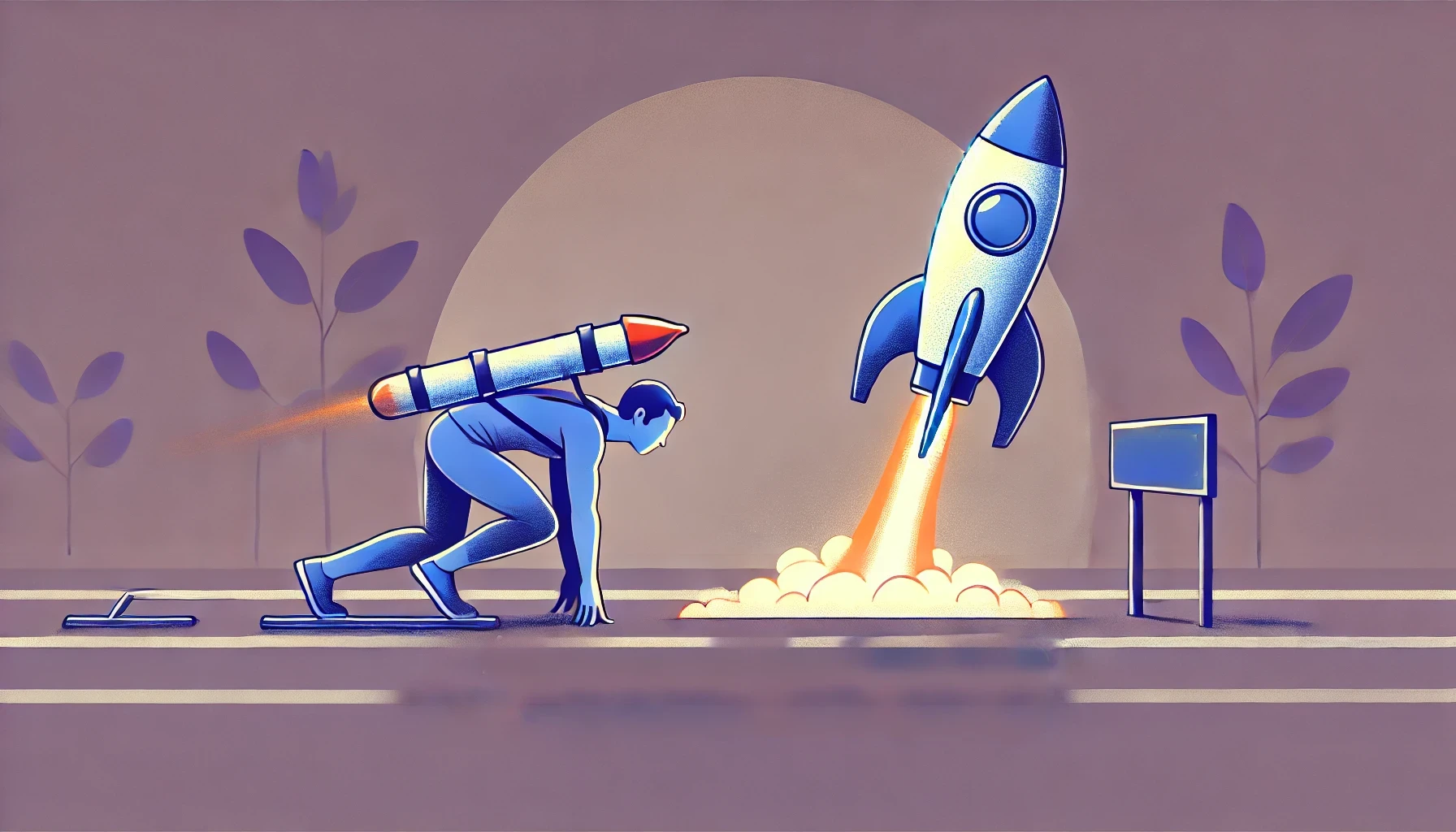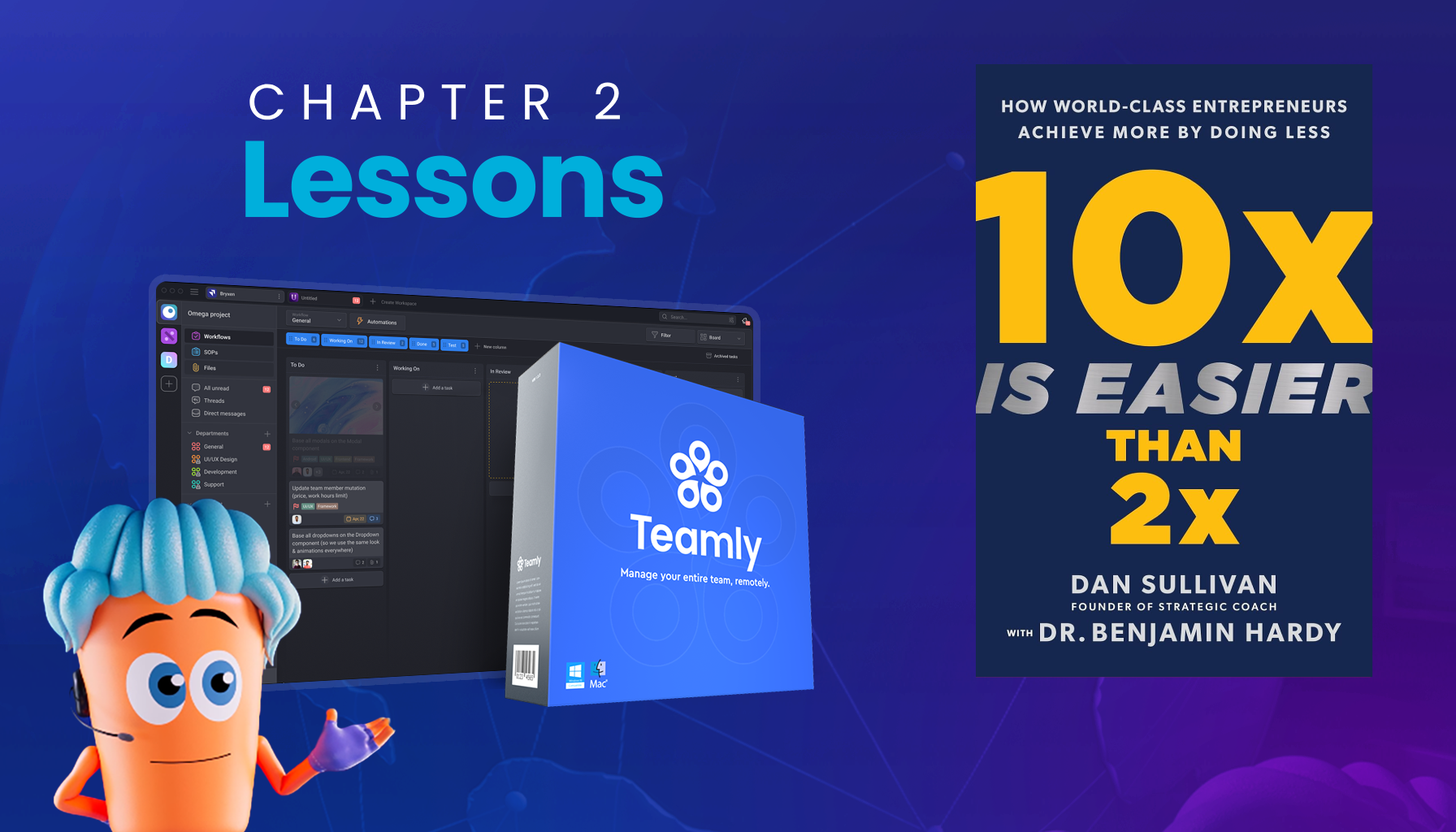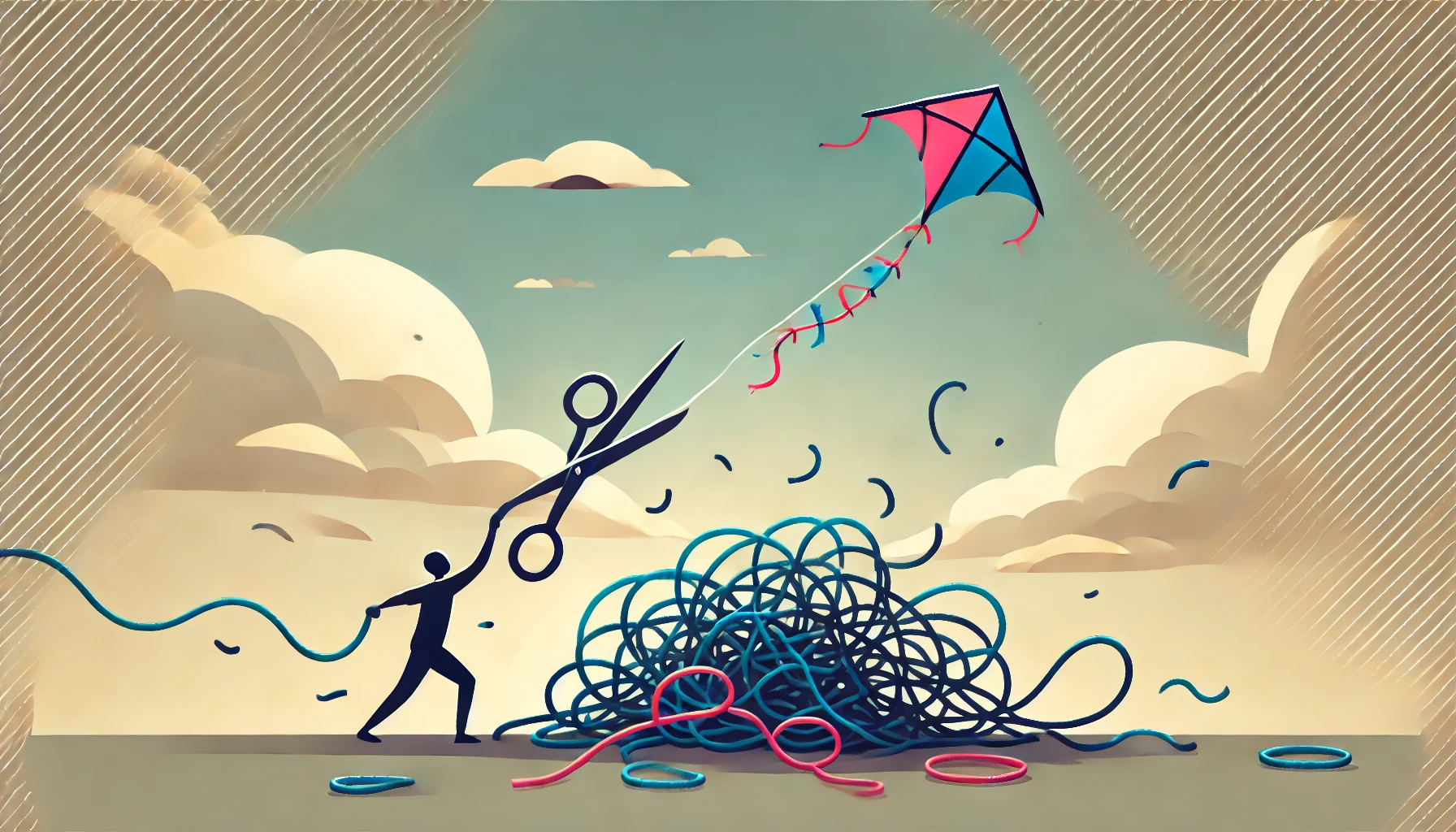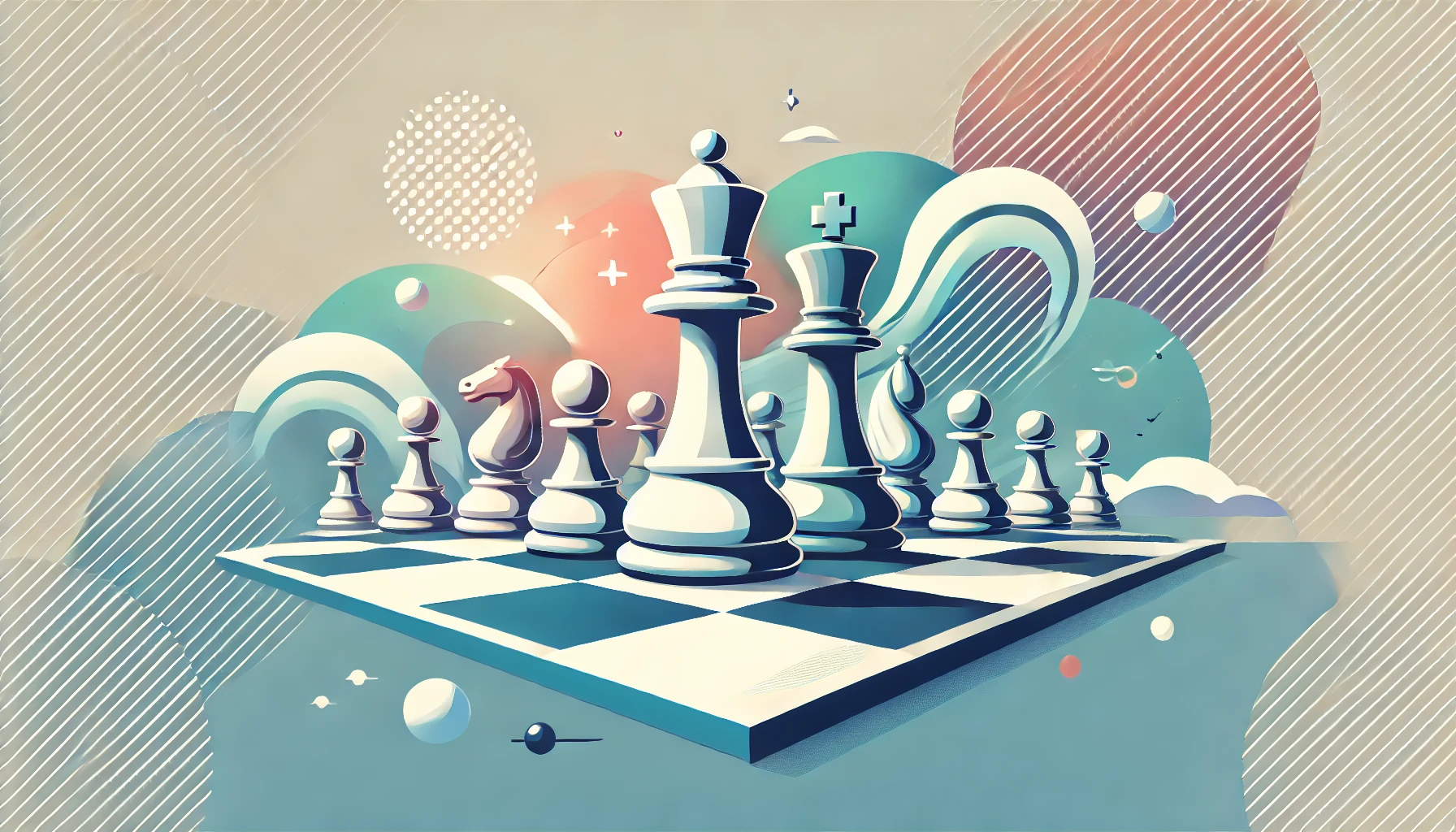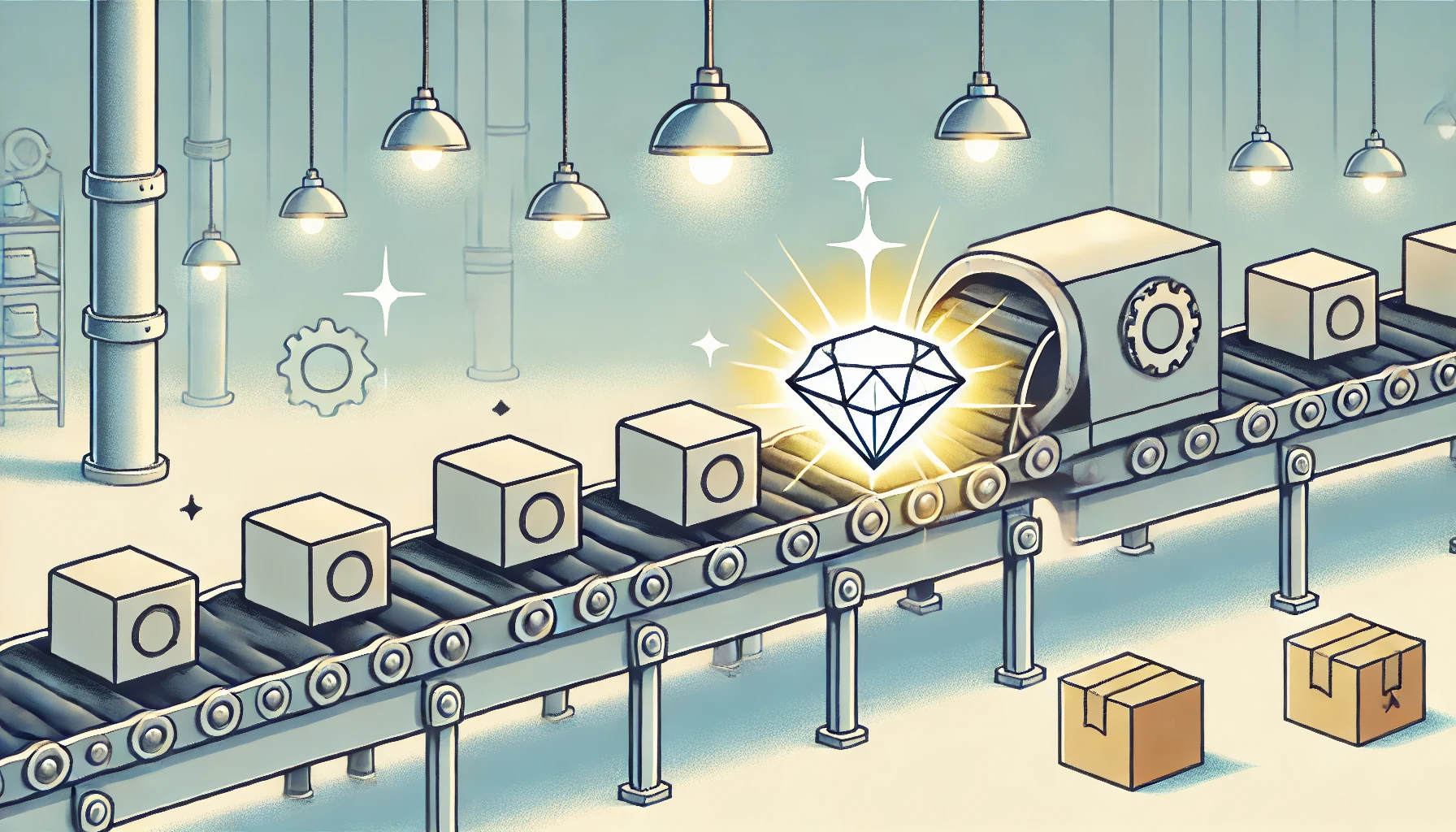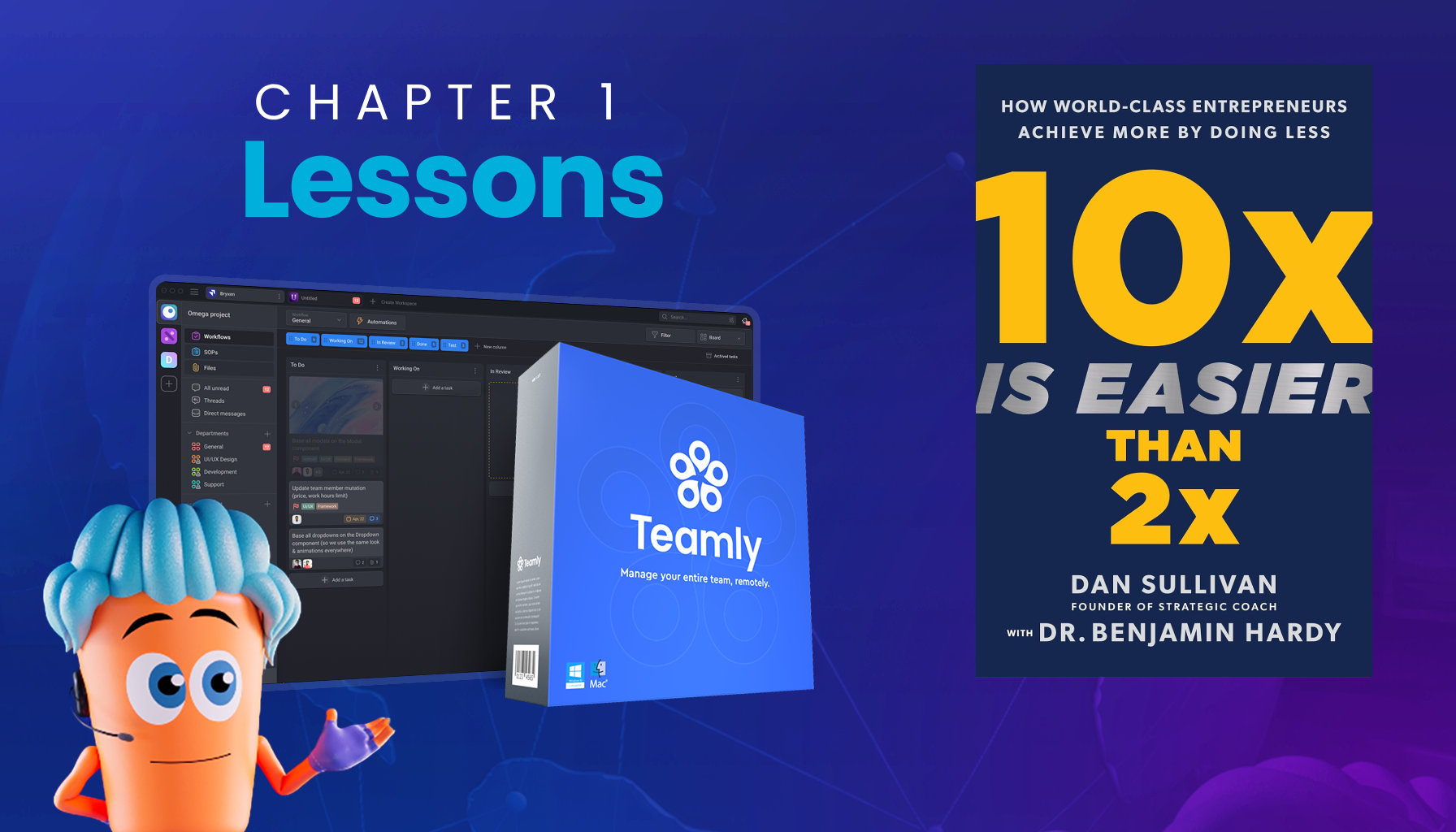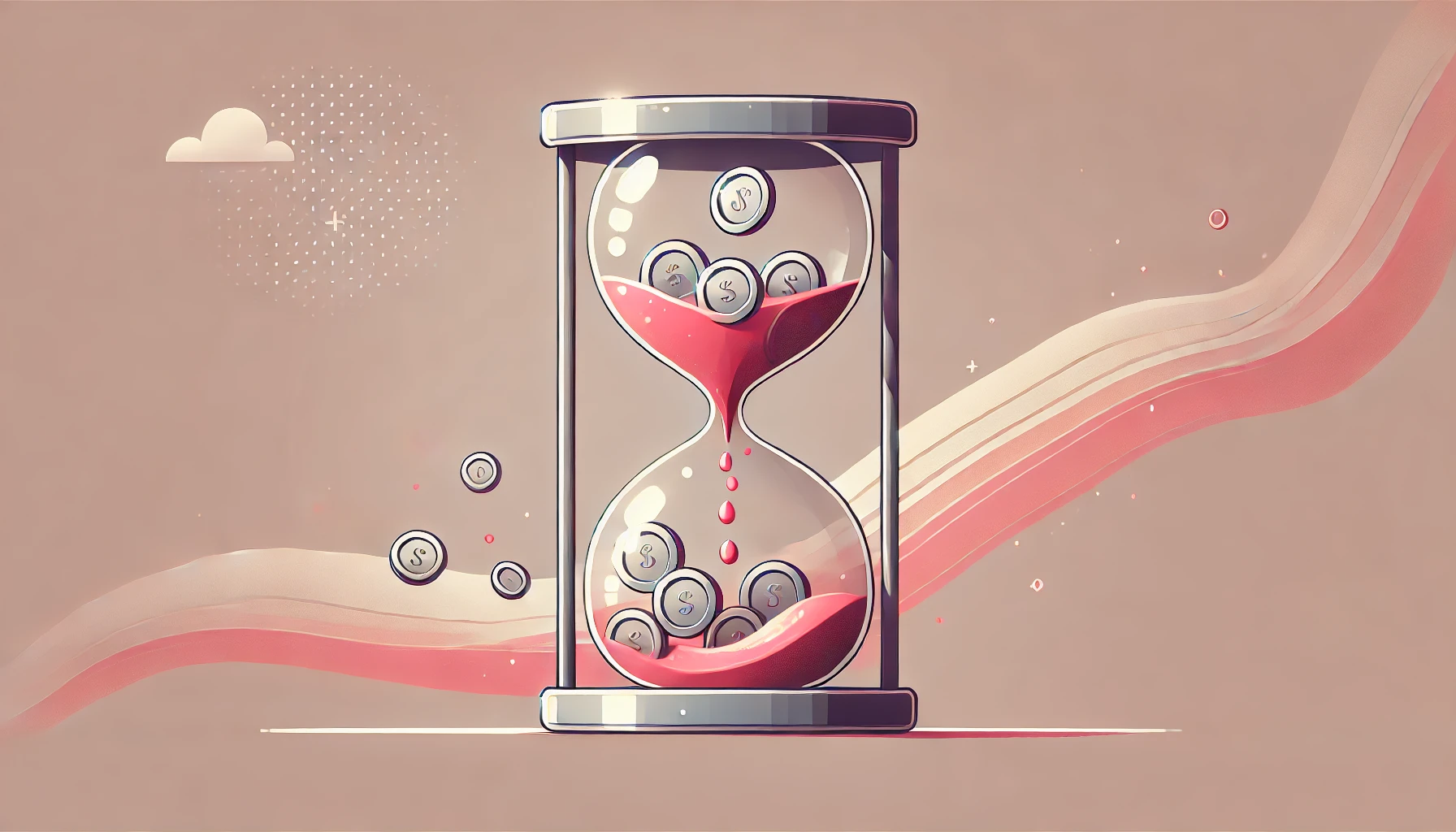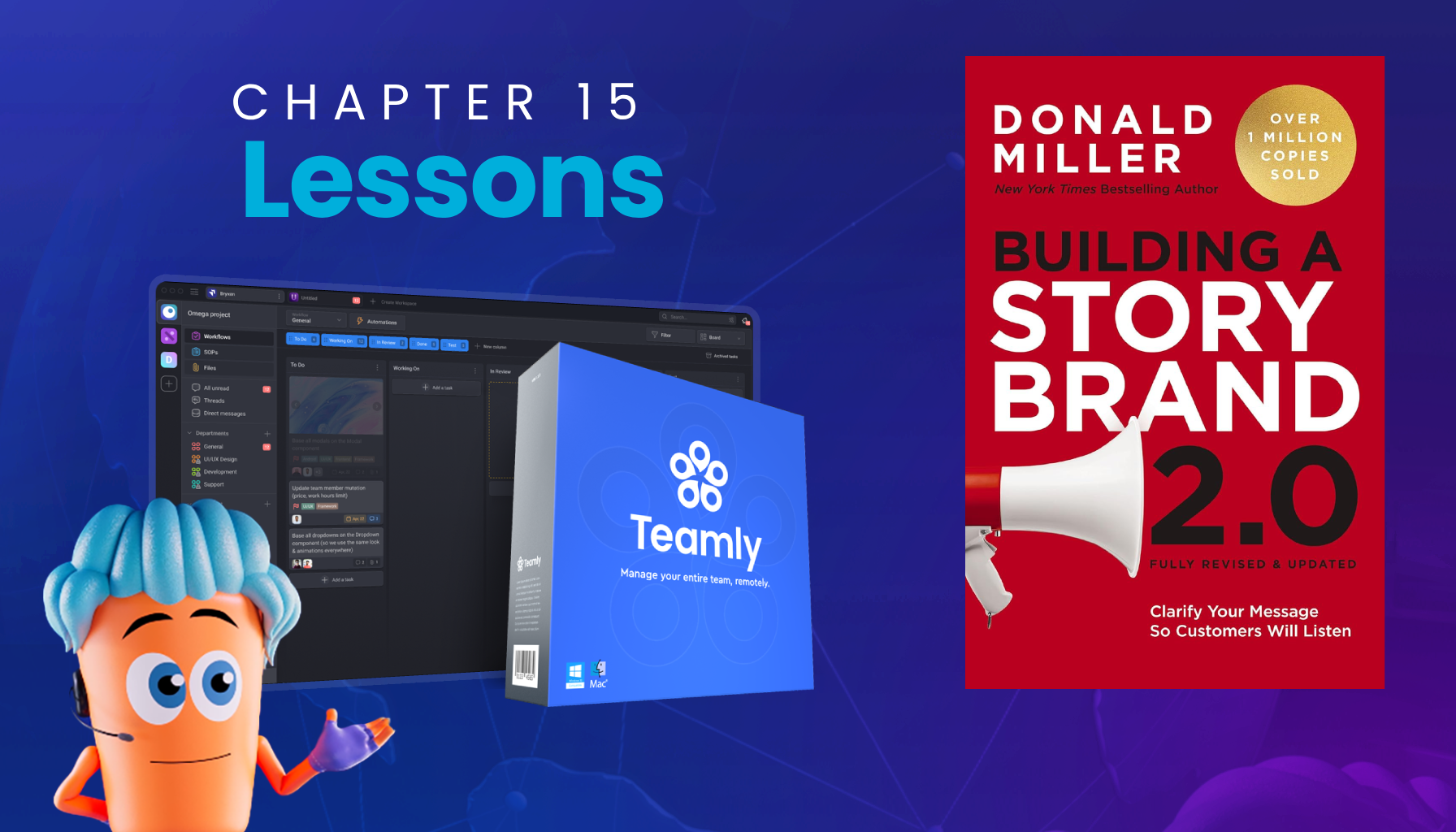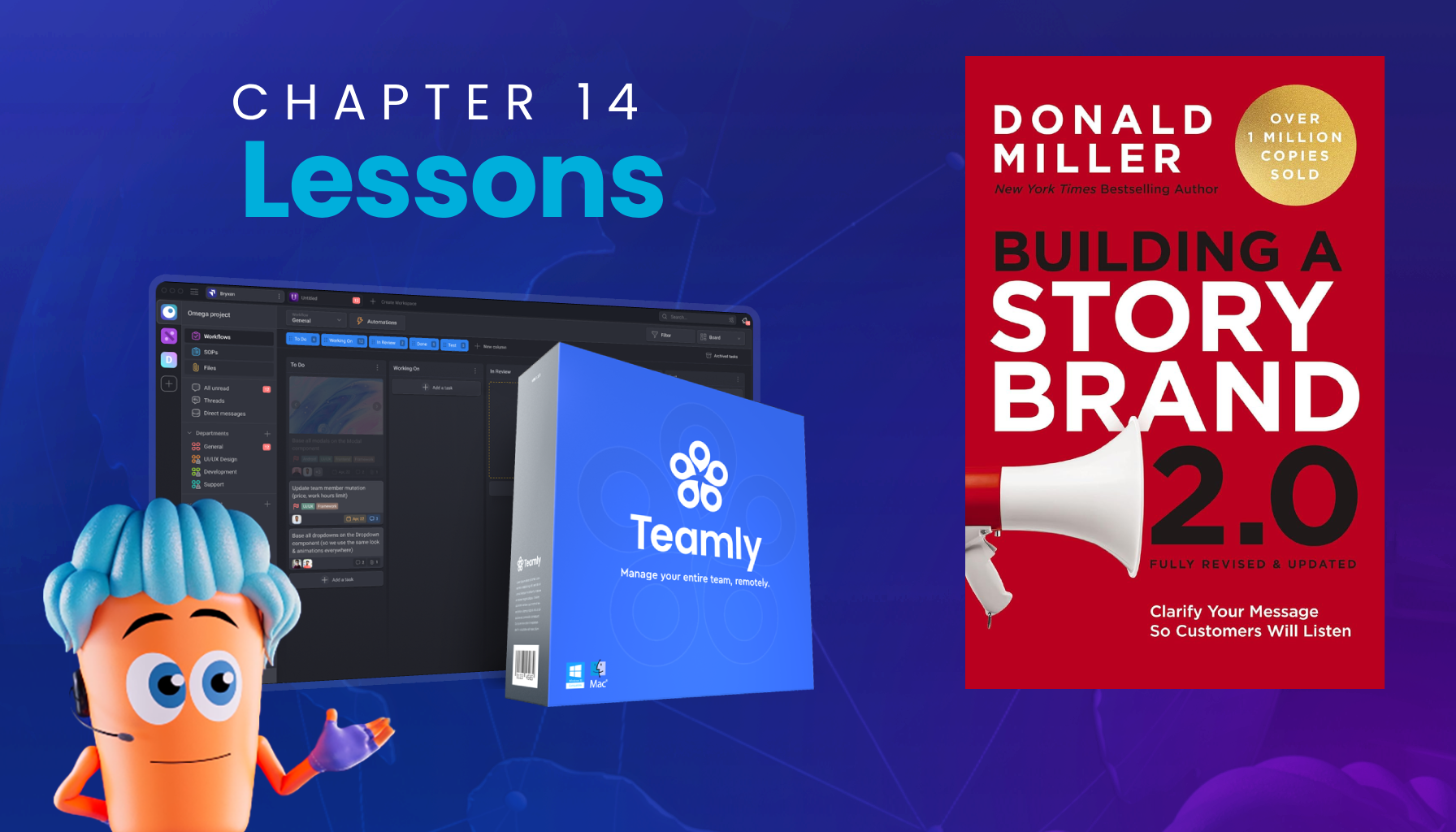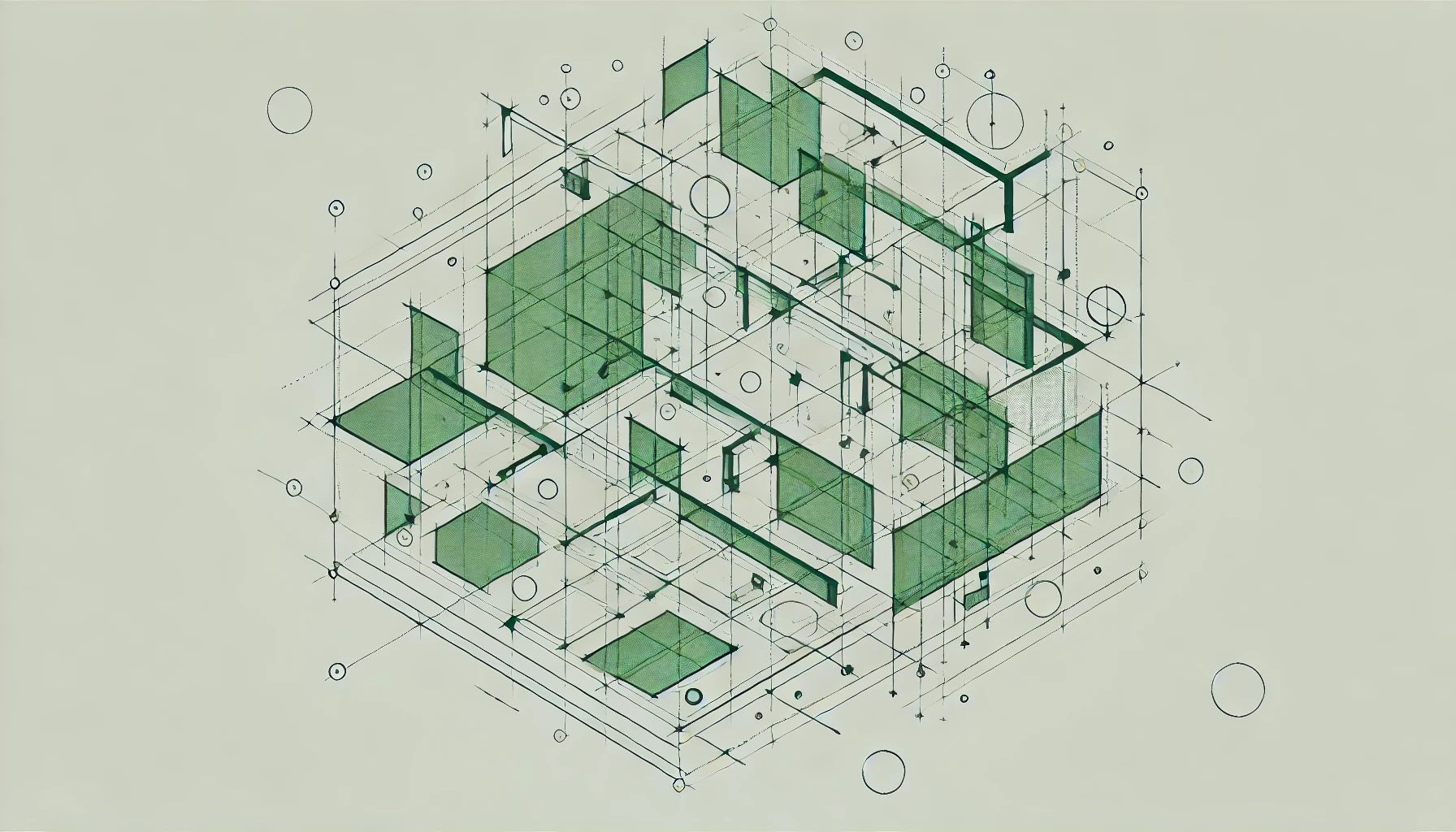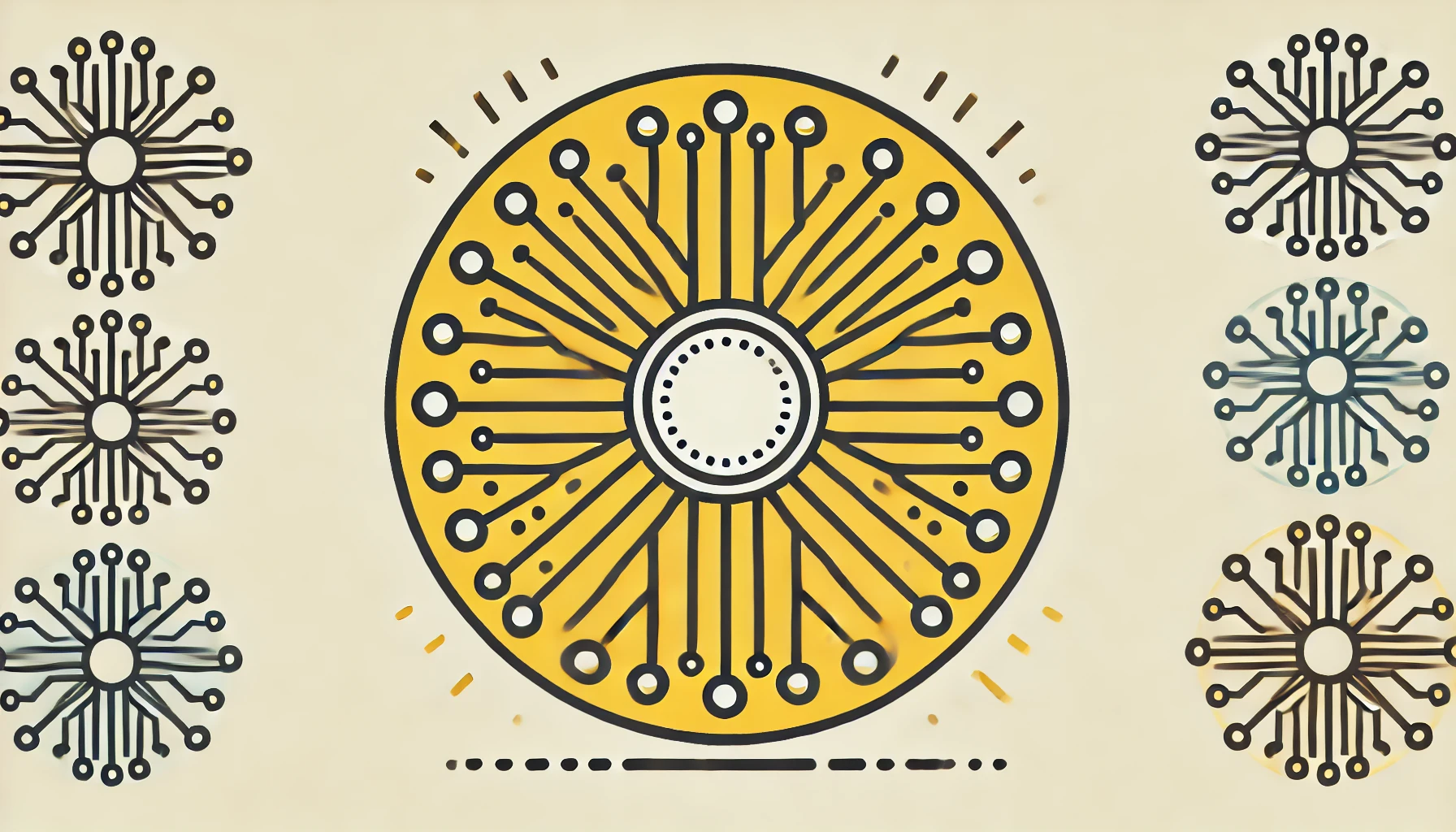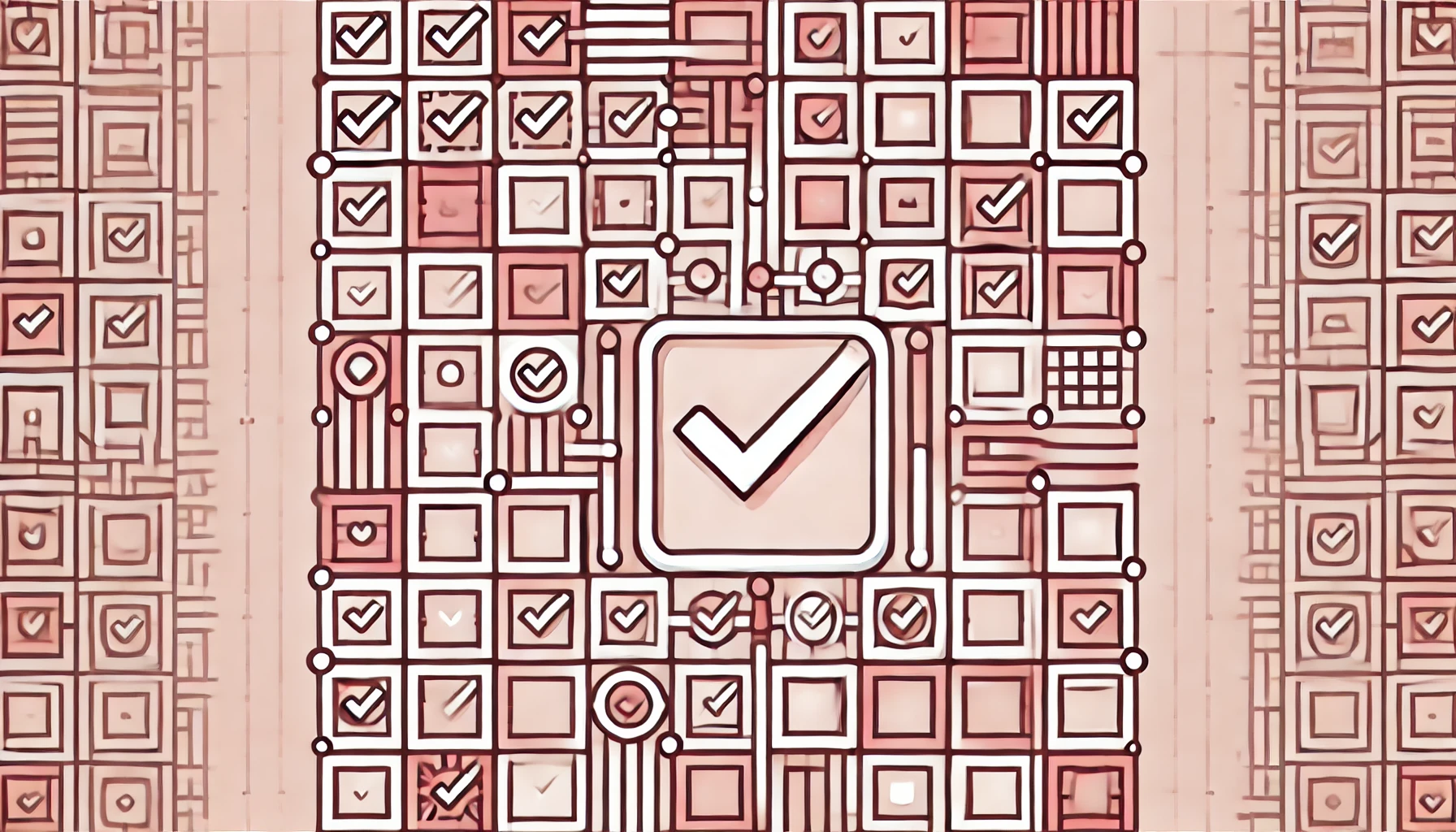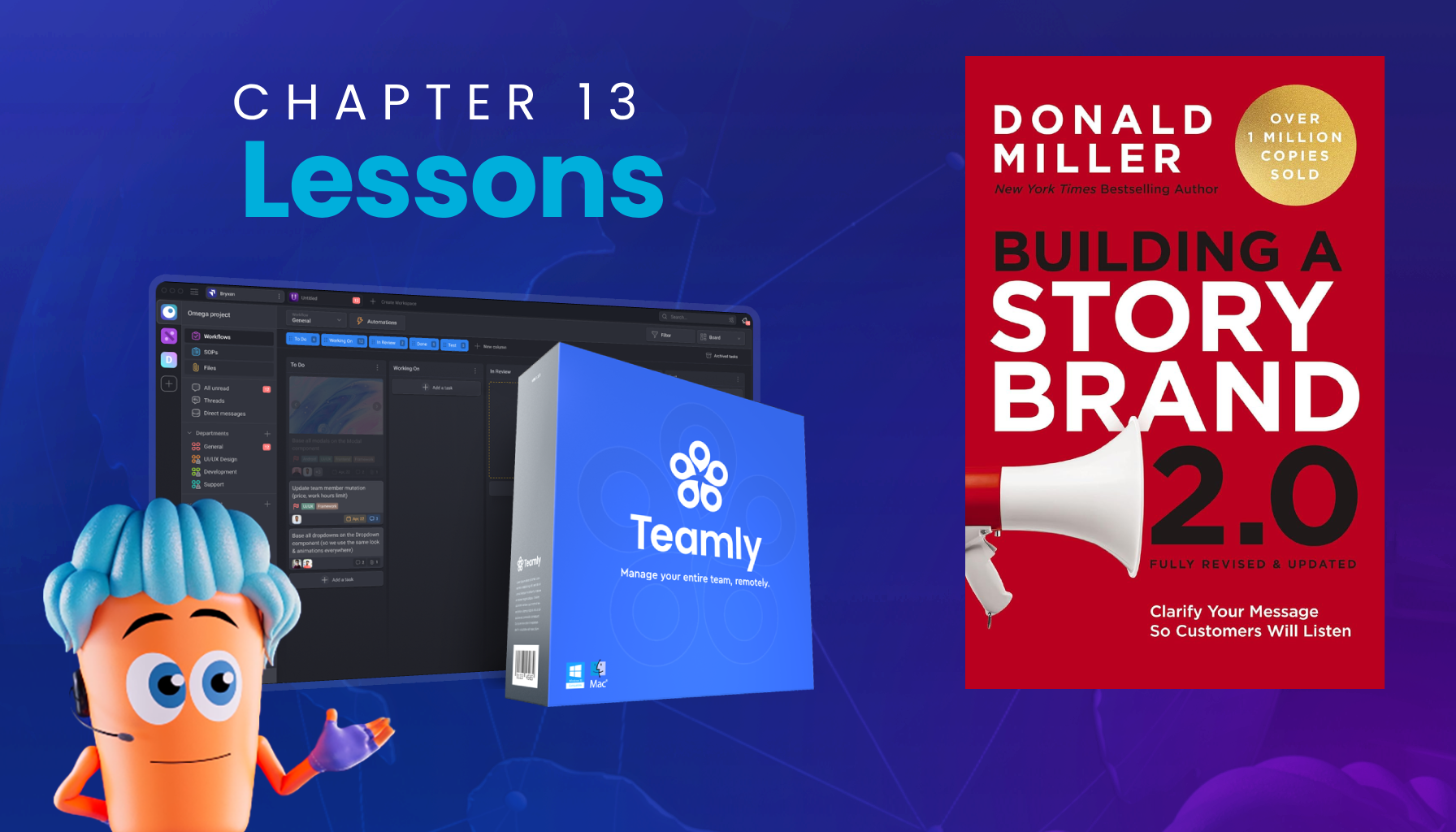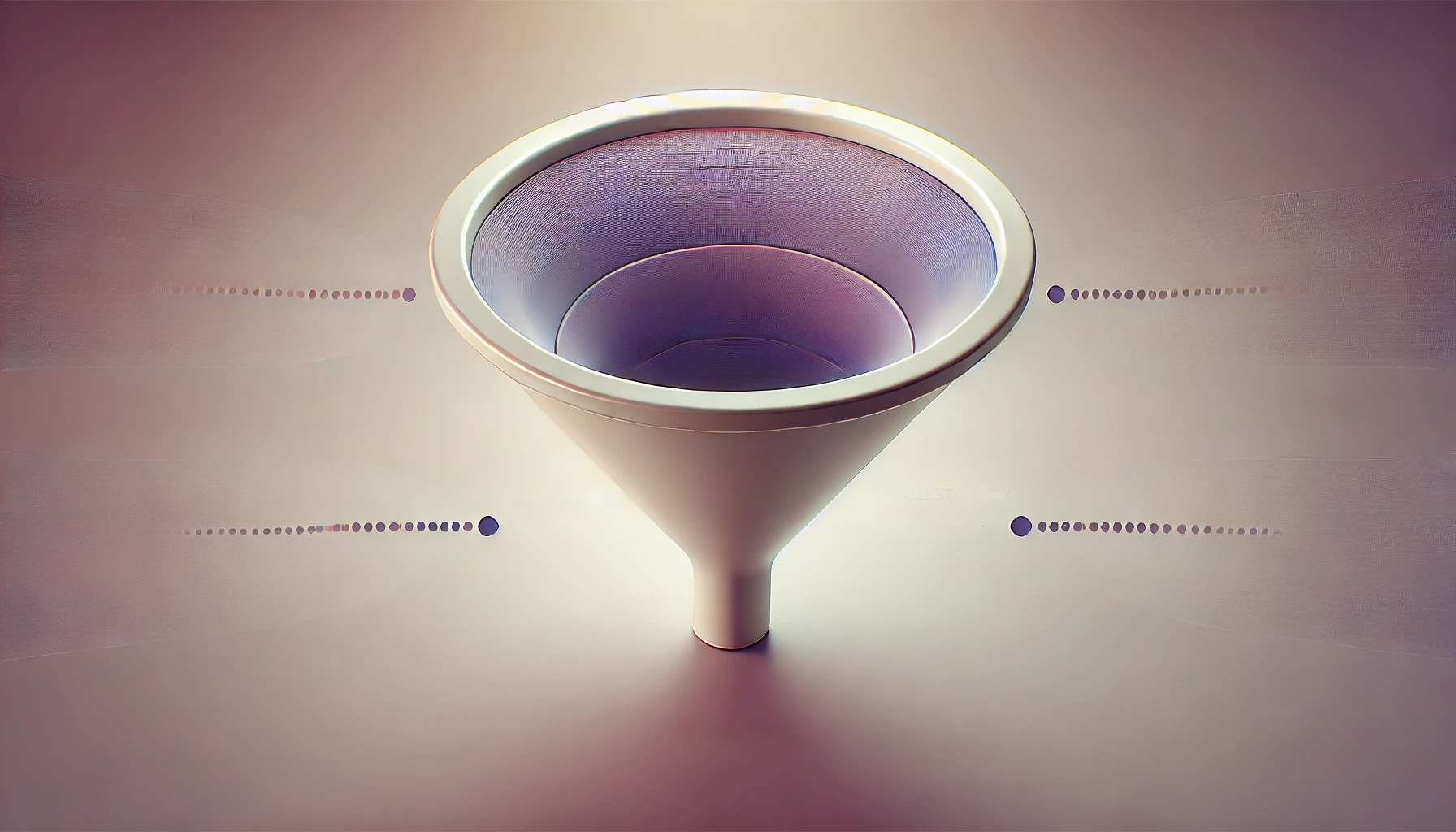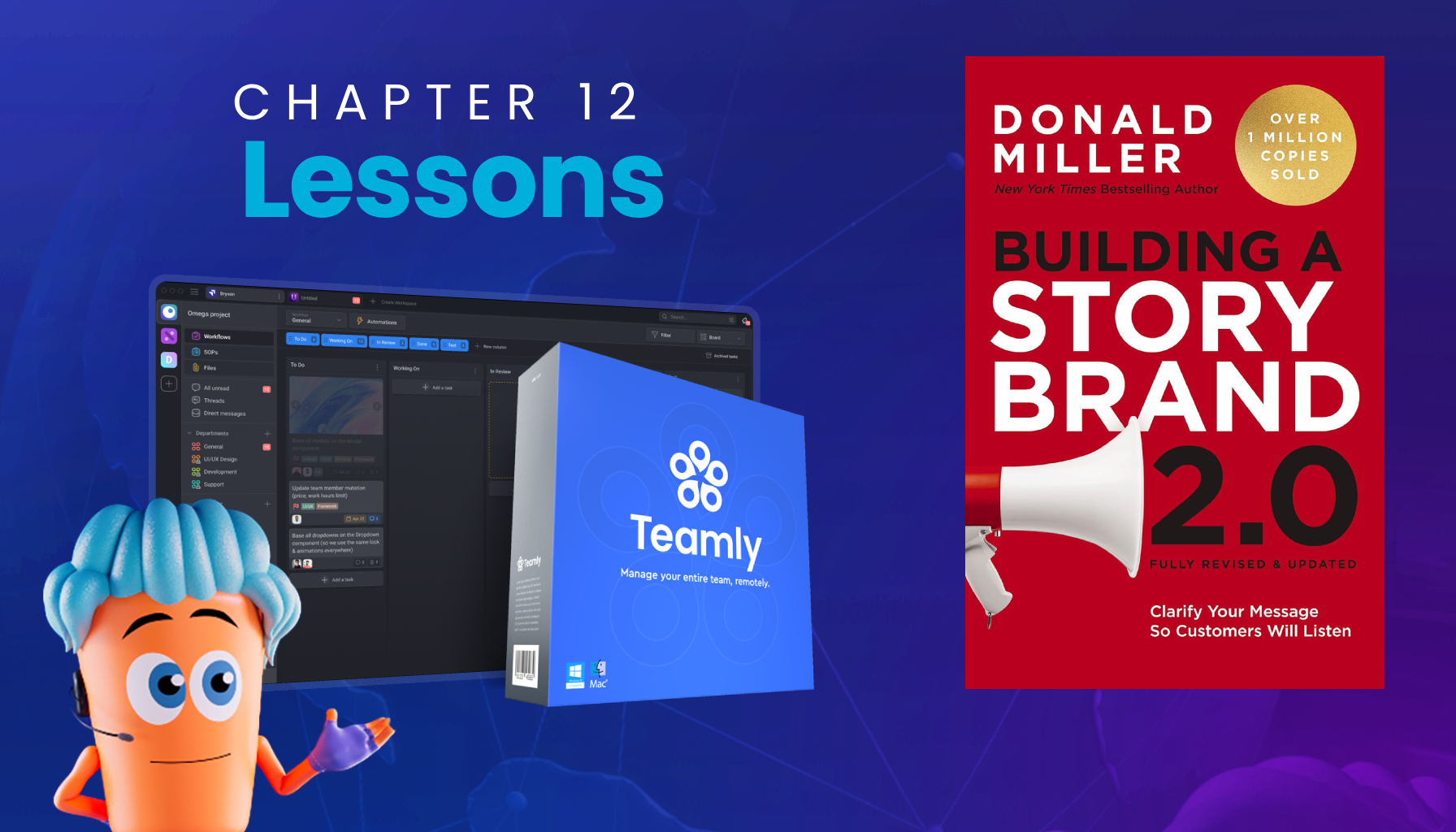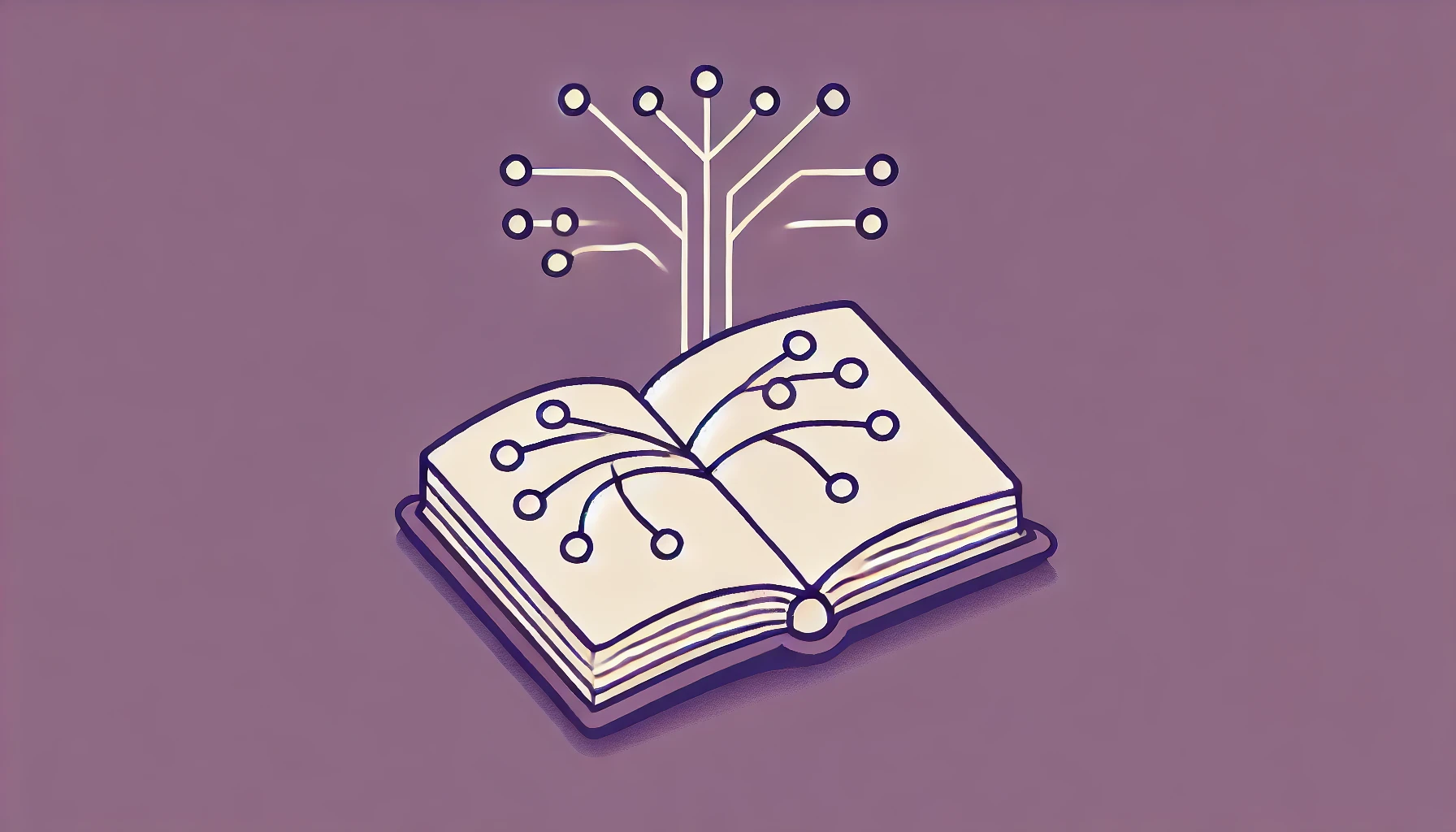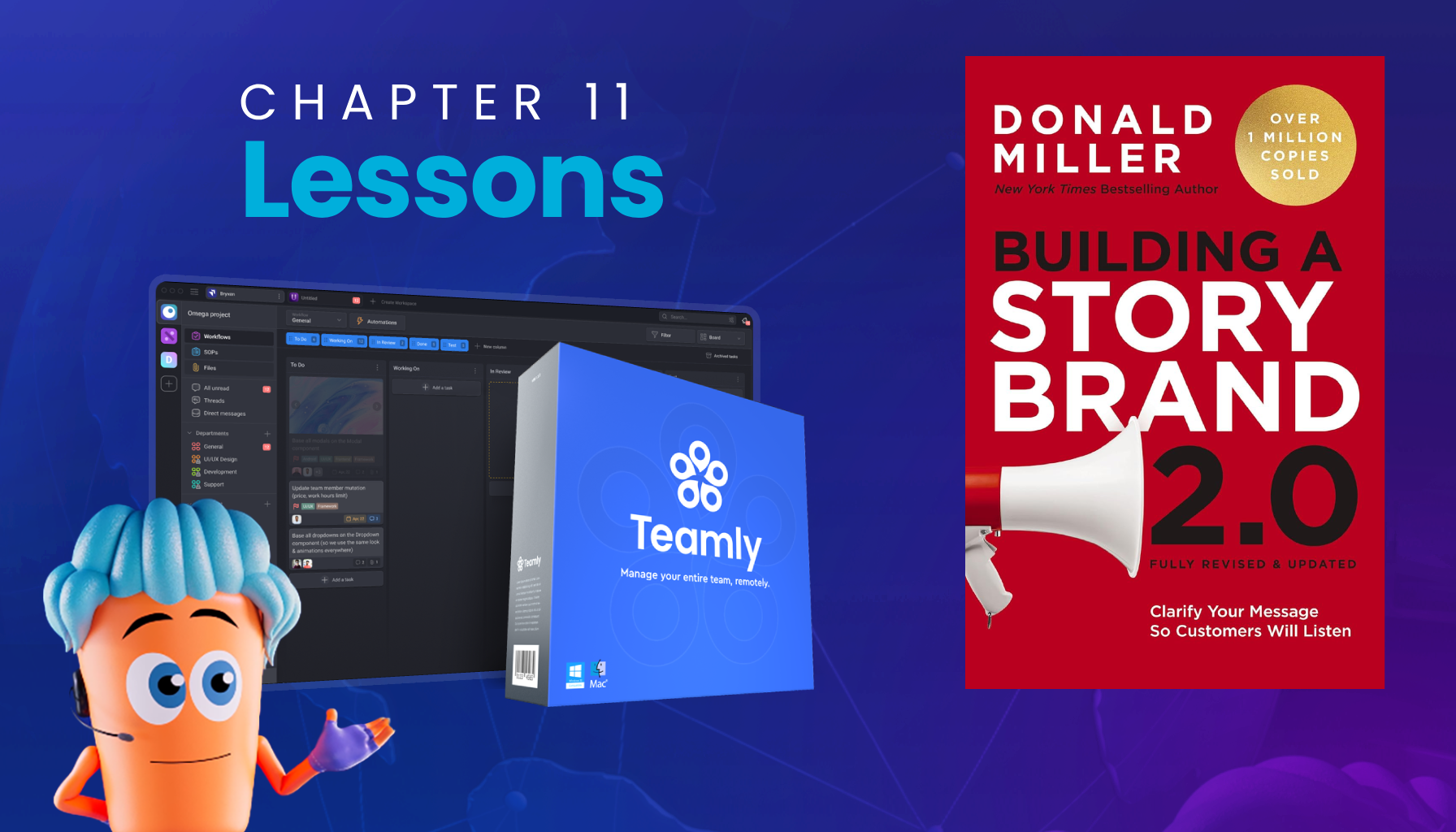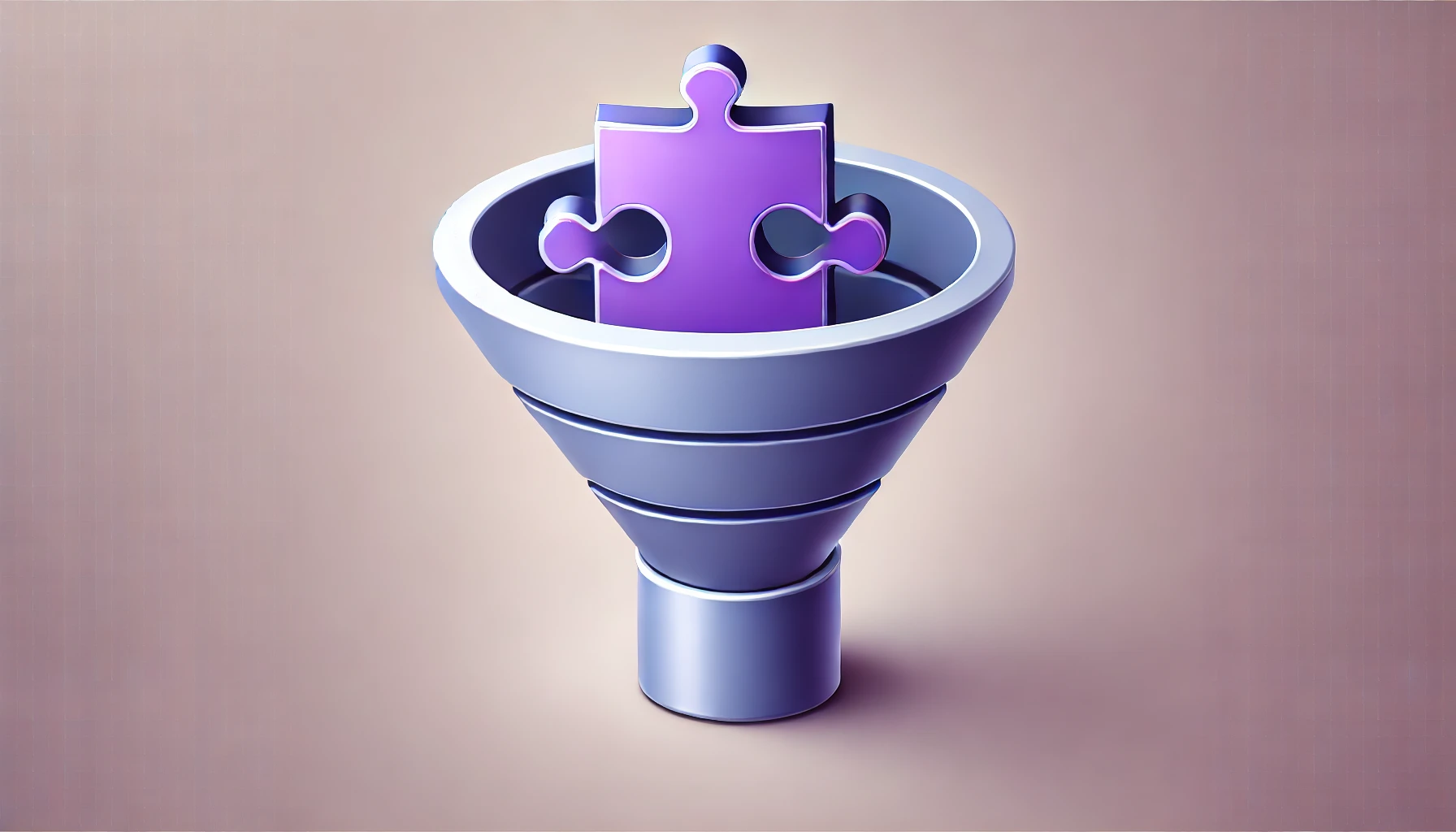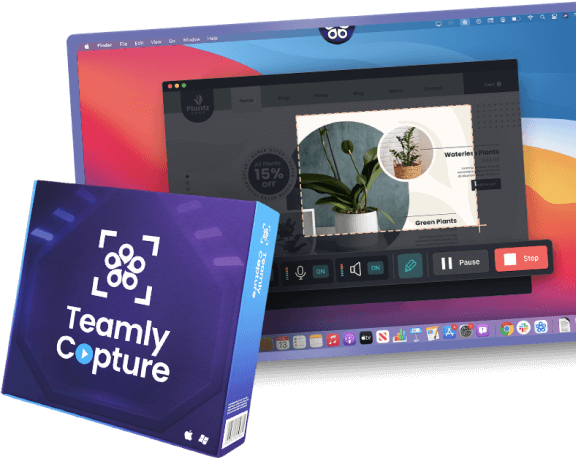The modern workplace has long depended on a rigid 9-to-5 routine, often prioritizing busyness over true impact.
There is, however, a more powerful approach to time that fosters both extraordinary performance and genuine well-being.
By integrating strategic “Free Days” into the calendar, this approach helps sustain creativity, accelerate progress, and inspire fresh insights. This method challenges the notion of filling every minute with tasks and, instead, builds a system centered on meaningful breakthroughs.
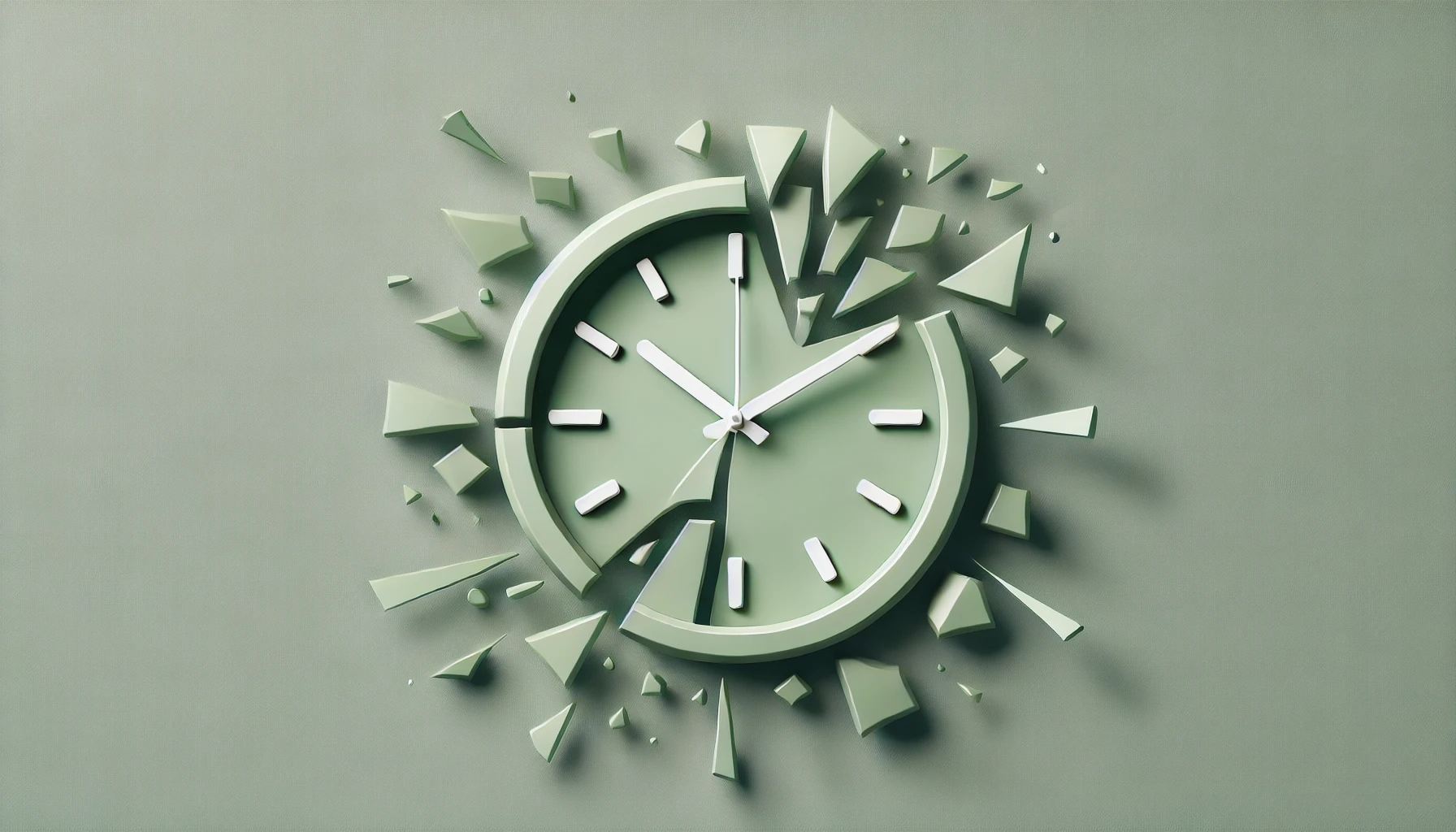
Escaping the 9-to-5 Mentality
The traditional 9-to-5 schedule is designed to keep everyone busy for a standard block of time, but it rarely generates high-level performance.
By funneling employees into a predictable routine day after day, many workplaces inadvertently produce mediocrity, burnout, and minimal impact. It is common for individuals to feel stuck in this cycle, working diligently without seeing noteworthy results.
The game-changer is recognizing that efforts do not automatically translate into powerful outcomes.
What truly matters are the results delivered—not how many hours get clocked on the timesheet.
Top entrepreneurs, athletes, and creatives free themselves from the outdated notion of constant busyness. They structure their calendars around leveraging personal energy, focusing on what matters most, and recharging effectively.
Newtonian vs. Einstein Time: Rethinking Our Relationship to Time
Time has traditionally been viewed through the lens of “Newtonian Time,” which treats minutes and hours as static, linear, and identical for everyone.
Under this framework, 60 minutes is always 60 minutes, and there’s no room for negotiation. Yet time can also be experienced as “Einstein Time,” a subjective and flexible resource influenced by focus, attention, and creativity.
Throughout history, remarkable leaps in travel and communication have demonstrated how perception of time can shift drastically. In the 1800s, a cross-country trip in the United States took months.
Today, a flight traverses the same distance in hours. This “compression” of time illustrates how mindset, technology, and innovation merge to make possibilities endless.
Entrepreneurs who embrace Einstein Time become adept at navigating life on their own terms, reaching higher levels of performance in shorter windows.

Chronos vs. Kairos: Distinguishing Two Modes of Time
In addition to Newtonian and Einstein perspectives, there are two powerful modes of experiencing time that can influence work and life: Chronos and Kairos.
Chronos Time is the conventional approach most people adopt—everything proceeds linearly, one moment after another. Typically, this style is about filling schedules with tasks and staying in perpetual motion. Although it can feel productive, it frequently leads to shallow work and fatigue.
Kairos Time represents the richer, more creative slice of reality where important breakthroughs occur. It is a state of flow, deep focus, and heightened intuition. By intentionally carving out space for this kind of engagement, high achievers often discover ideas that push their business and personal lives to new levels.
The Entrepreneurial Time System: Focus, Buffer, and Free Days
Dan Sullivan’s influential “Entrepreneurial Time System” breaks time into three essential categories, each with a different purpose:
- Focus Days: Concentrated on high-impact projects, essential tasks, and creative output.
- Buffer Days: Devoted to planning, preparation, strategy sessions, and coordination with teams.
- Free Days: Entirely disconnected from work, ensuring complete mental and physical rejuvenation.
High performers excel by finding equilibrium among these three kinds of days. Instead of measuring productivity by the length of time spent in the office, they prioritize effectiveness, clarity, and consistent renewal.
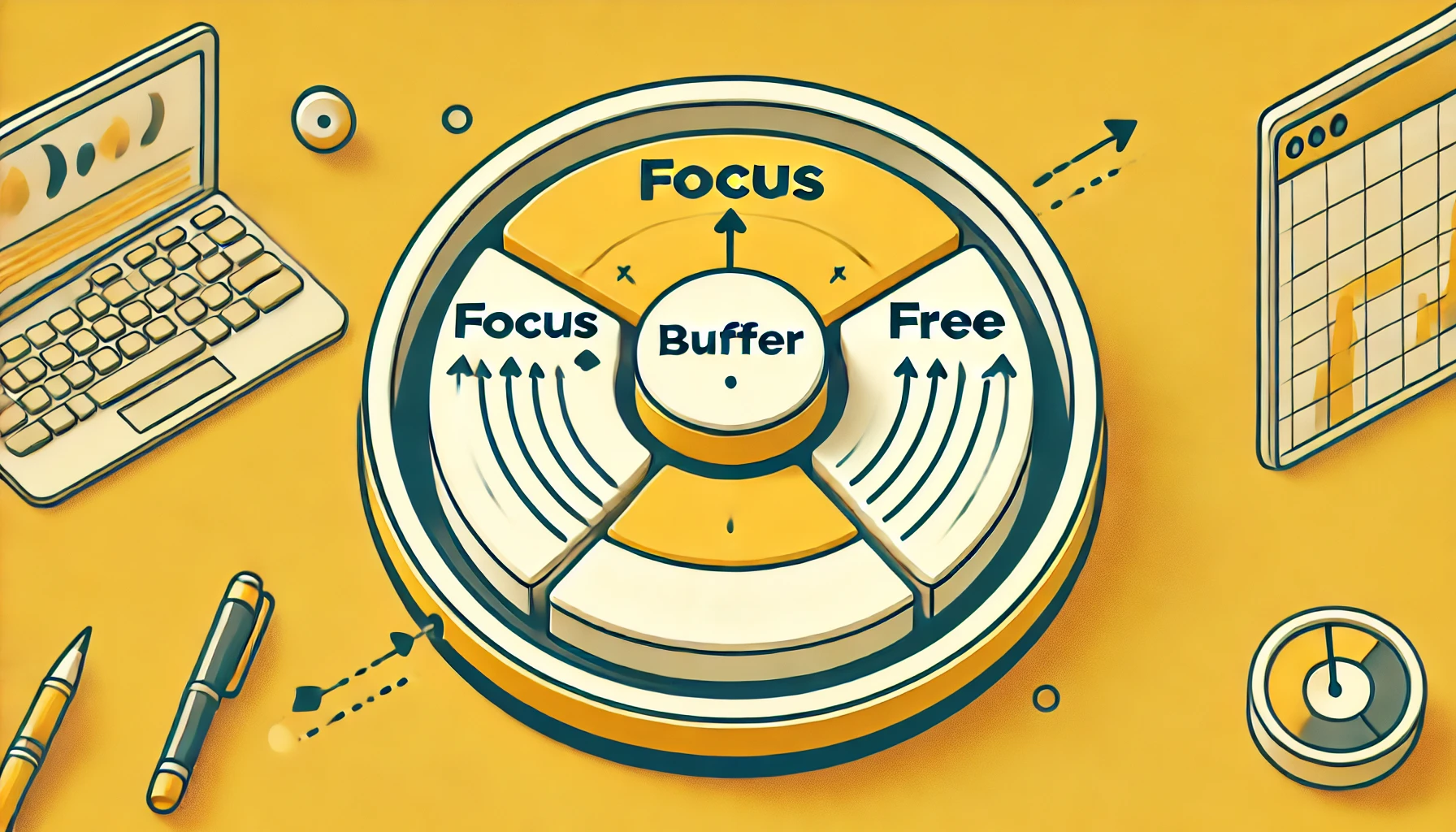
The Power of Recovery
Many elite athletes and business leaders are shining examples of how critical recovery is for sustained excellence.
Take the case of LeBron James, who invests millions every year into recovery practices such as massage, cryotherapy, and strength maintenance. By emphasizing renewal as much as training, he maintains physical and mental sharpness throughout grueling seasons.
Psychological detachment from the job is equally vital. When the mind has time to wander, explore new ideas, or simply rest, an individual’s creativity often surges.
Tangible breakthroughs take place because the brain has room to process, reflect, and synthesize new information. In many instances, deliberate rest offers a greater competitive edge than additional hours of routine work.
How Free Days Unlock 10x Growth
Microsoft’s co-founder, Bill Gates, used to disappear for weeks at a time to engage in what he famously called “Think Weeks.”
These breaks provided solitude to read, reflect, and innovate without day-to-day distractions. The resulting game-changing ideas contributed to pivotal Microsoft milestones.
Similarly, entrepreneurs and leaders who schedule weekly or monthly periods without calls, emails, or meetings frequently see a steep rise in long-term growth.
Free Days offer a mental cleanse, sharpen problem-solving abilities, and rejuvenate enthusiasm. They can be a kind of strategic pause where the seeds for the next quantum leap are planted.
Explore vs. Exploit: The Two Work Modes
For sustained success, it helps to adopt a mindset that alternates between exploring new ideas and exploiting proven methods.
- Explore Mode (Free Days): Time devoted to curiosity, discovery, and reflection. It allows one to learn, pivot, and generate fresh perspectives without immediate pressure to produce a specific outcome.
- Exploit Mode (Focus Days): Time used to execute and leverage existing knowledge to produce high-impact work. This period focuses on refining best practices and delivering concrete results.
People who cling exclusively to exploitation often stagnate, but those who consistently balance both modes experience exponential gains.
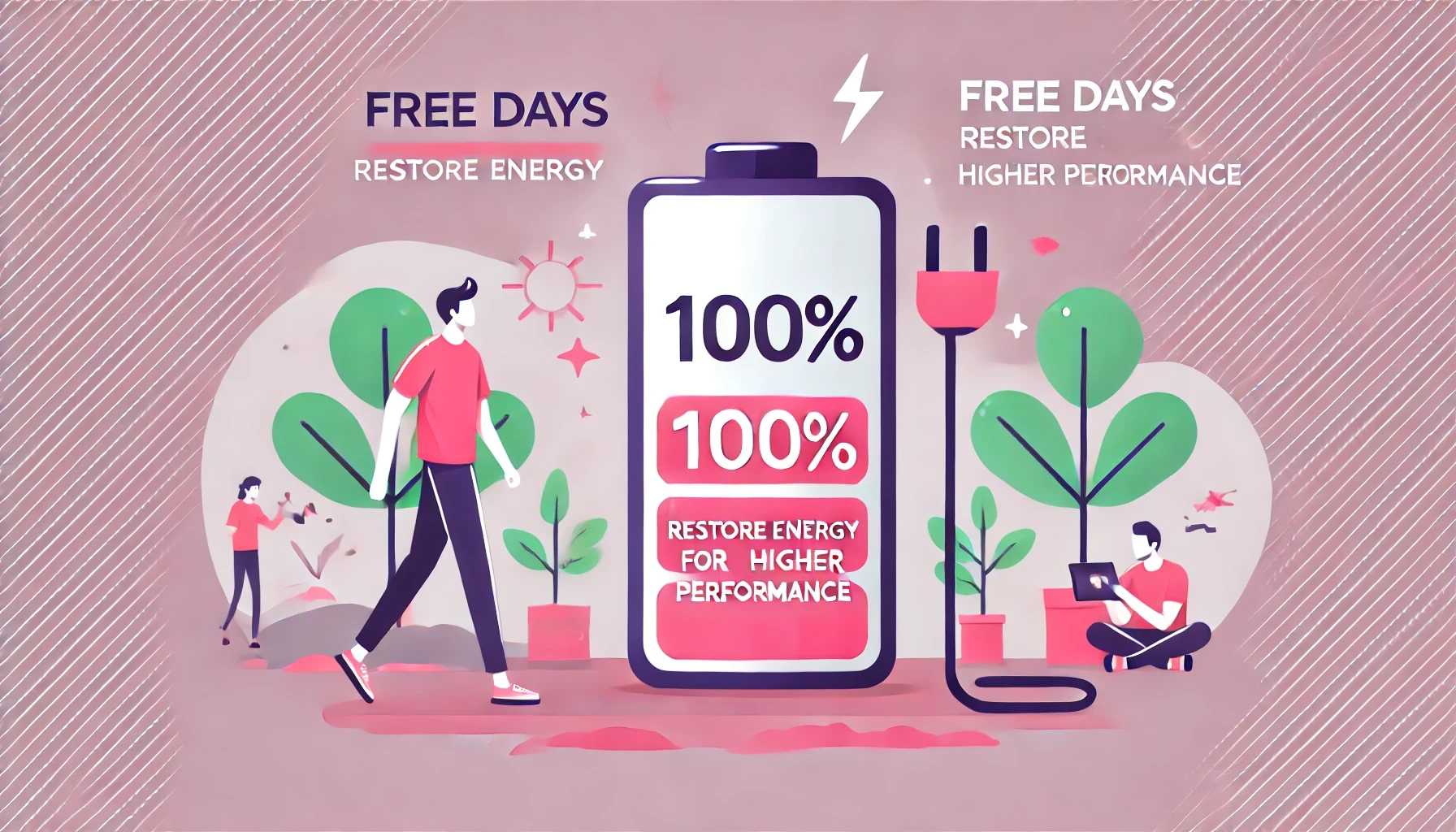
Building a Self-Managing Team
Another compelling benefit of stepping away from day-to-day operations is how it impacts the growth of a team.
Entrepreneurs who constantly micromanage staff rarely see them develop into resilient, high-performing units. If the leader is always directing every decision, the team members never hone independent problem-solving or leadership skills.
By scheduling regular Free Days, entrepreneurs effectively force team members to take charge, make decisions, and demonstrate ingenuity.
This shift can reveal hidden strengths within an organization. The ultimate aim is a Self-Managing Company, where systems and personnel keep the enterprise running smoothly without constant oversight.
Structuring Time the Dan Sullivan Way
Dan Sullivan’s own calendar is a testament to this method:
- 150+ Focus Days: Where core creation and execution occur.
- 35+ Buffer Days: Allocated for strategic thinking and preparation.
- 180+ Free Days: Reserved for rejuvenation, personal development, and exploration.
Embracing this structure helps maintain momentum while preventing the burnout that often plagues high-stakes entrepreneurs.
Strategies for Weekly Impact
A practical tip is to group similar activities together. For instance, consider dedicating specific “meeting days” and “deep work days.”
This approach limits the mental exhaustion of constantly switching between tasks. Silicon Valley investor Paul Graham has popularized the “Maker’s Schedule,” which sets aside large blocks for uninterrupted concentration.
Entrepreneurs who find the right rhythm reduce productivity-killing distractions and discover more opportunities for meaningful work.
After ensuring each week contains a balanced mix of Focus, Buffer, and Free Days, they begin to see the compounding effect of genuine recovery and targeted effort.
Case Study: Jalen Hurts
Quarterback Jalen Hurts exemplifies the commitment to deep focus and incremental improvement.
After facing skepticism early in his career, he invested heavily in technique refinement, film study, and consistent practice.
By honing these “boring” fundamentals daily, Hurts catapulted from a capable player into an elite contender.
This story underscores that breakthroughs rarely happen overnight. Hours spent in the right environment, with intense concentration, can transform a promising individual into a top performer. Prioritizing Free Days to rest and reset the mind is just as pivotal as the rigorous work ethic seen in practice.

Using the Eisenhower Matrix to Differentiate Urgent from Important
Many people allow urgent tasks to eclipse important ones. Former U.S. President Dwight D. Eisenhower’s matrix helps break down tasks into quadrants of Urgent vs. Important. The gist:
- Urgent tasks clamor for immediate attention but may not yield lasting results.
- Important tasks contribute significantly to long-term goals but are often overshadowed by daily noise.
Implementing Free, Buffer, and Focus Days can ensure that important tasks receive the attention they deserve, rather than being squeezed out by busywork.
The 10x Daily Routine
Achieving exponential growth often means doing less while focusing more intensely. Here’s an approach that has helped numerous high performers:
- Identify Three High-Impact Tasks: Each morning, choose the most pressing objectives that align with major goals. Avoid the temptation to add extra tasks.
- Deep Work Sessions: Reserve several blocks of uninterrupted time to tackle these tasks. Remove all notifications and distractions.
- Structured Shutdown: Once tasks are completed, step back. There is no need to fill the day with optional tasks that deplete mental resources without genuine payoff.
Tools like Teamly software can streamline collaboration and task management, ensuring that vital objectives stay front and center throughout the team’s workflow.
The Ideal Evening Routine
Preparation for tomorrow begins the night before. An effective strategy could look like this:
- Capture Three Wins: Reflect on the day’s successes, no matter how small.
- Plan Tomorrow’s Focus: List the next day’s top three tasks so the subconscious can start working on them overnight.
- Unplug and Recharge: Limit screen time, meditate, or read to encourage quality rest. A well-rested mind is key to making the most of Einstein Time.
These simple yet profound steps help preserve energy and enthusiasm for the goals that truly matter.
Break away from the outdated models that equate long hours with success.
Embracing Free Days and seeing time as a flexible entity—something that can be shaped and scaled through creativity and strategy—creates an environment where innovation flourishes.
Learn to measure success by results, not by how many hours are spent in a chair. Purchase 10x Is Easier Than 2x on Amazon
